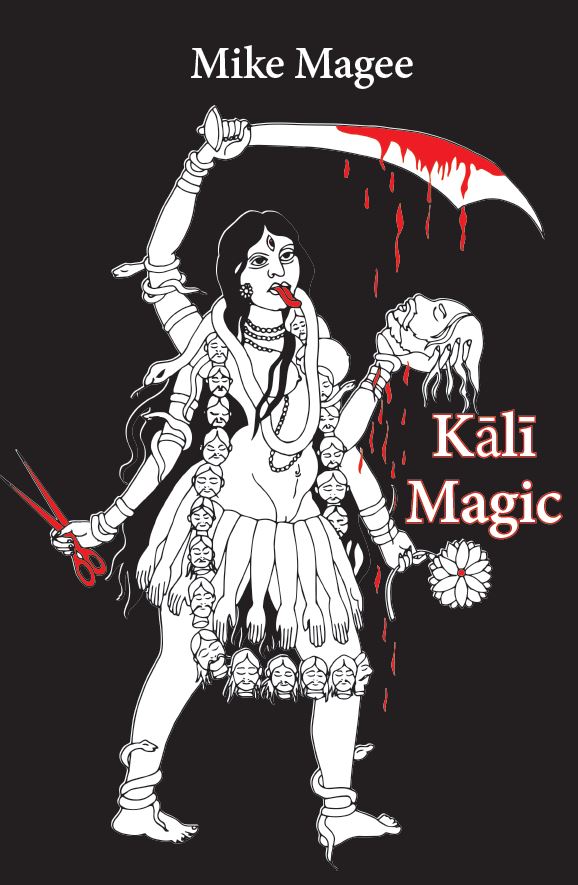Kālī Magic brings together Mike Magee’s decades of experience in translating and elucidating tantrik texts. The first section—Sadhana—explores the ritual worship of Kālī through mantra, her various aspects, and her yantras. The second section—Tantras—includes new English translations of the Mātṛkābheda, Toḍala, and Yoni tantras, plus two Kālī Upaniṣads and abstracts of ten tantras related to the worship of the goddess. With a comprehensive bibliography and glossary of key terms, Kālī Magic will be of great value to devotees and scholars of the goddess alike.
322 pages, illustrated by Jan Bailey, Foreword by Phil Hine.
“An exceedingly valuable resource for those brave enough to plumb the liturgical details of Kali worship. Thematically organized while consisting substantially of translations from Sanskrit scriptures, this is less a how-to guide than a survey of major tantric ritual components as presented in medieval sources. Three newly translated tantras and summaries of ten more round out the book, alongside copious illustrations and a lightly but helpfully annotated bibliography. Dive in!”
Joel Bordeaux (International Institute for Asian Studies/Leiden University)
Kālī Magic is available from Amazon.

